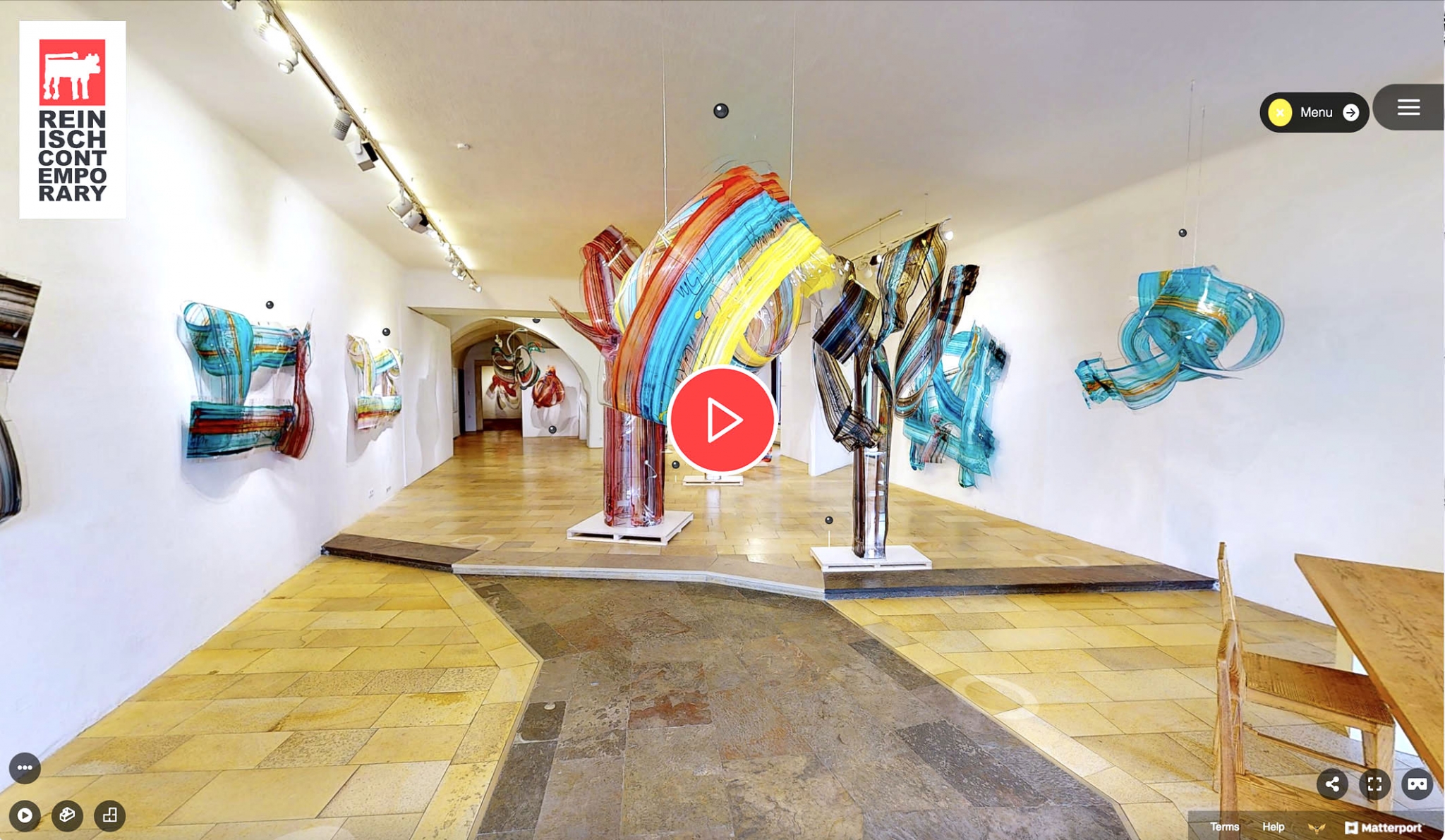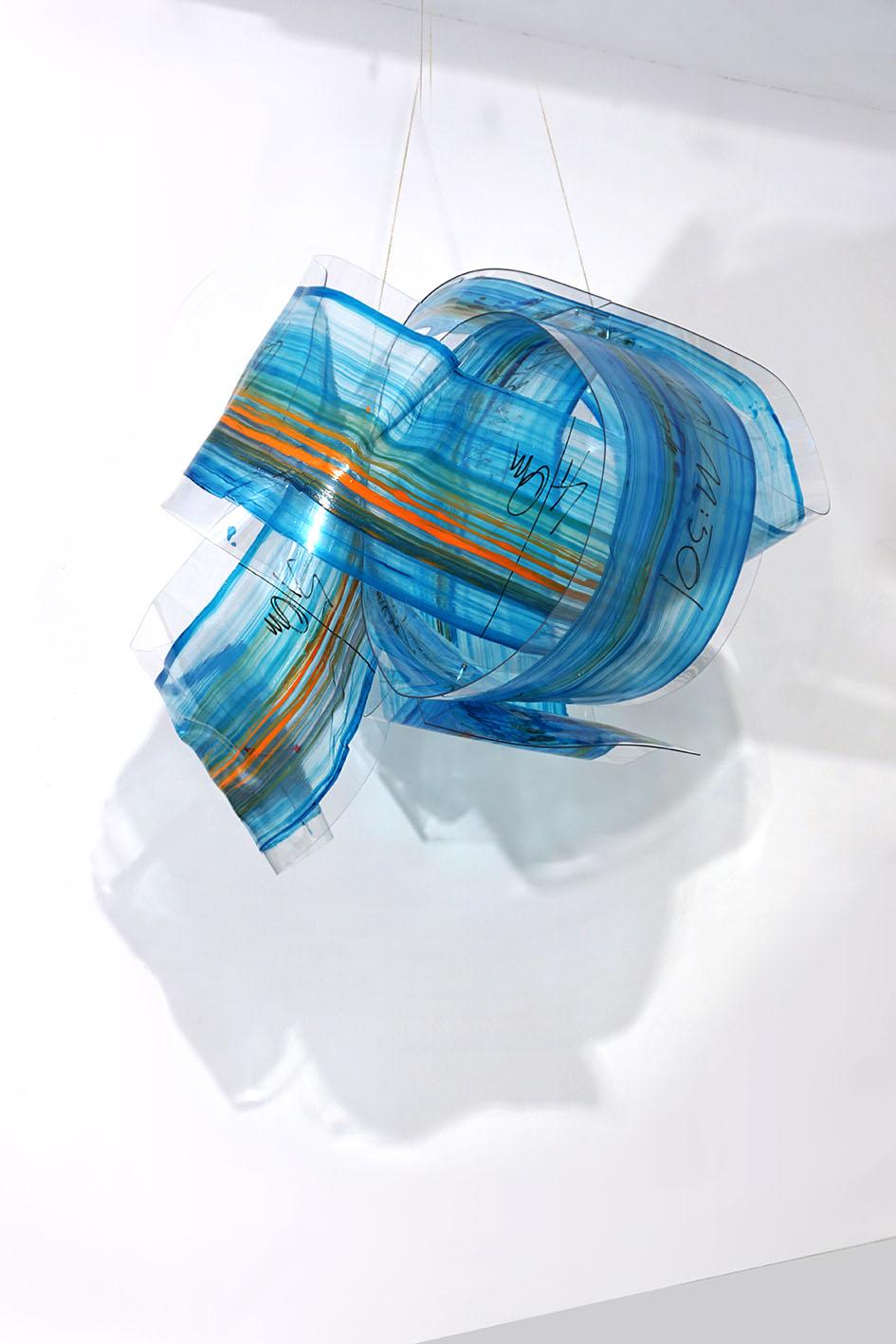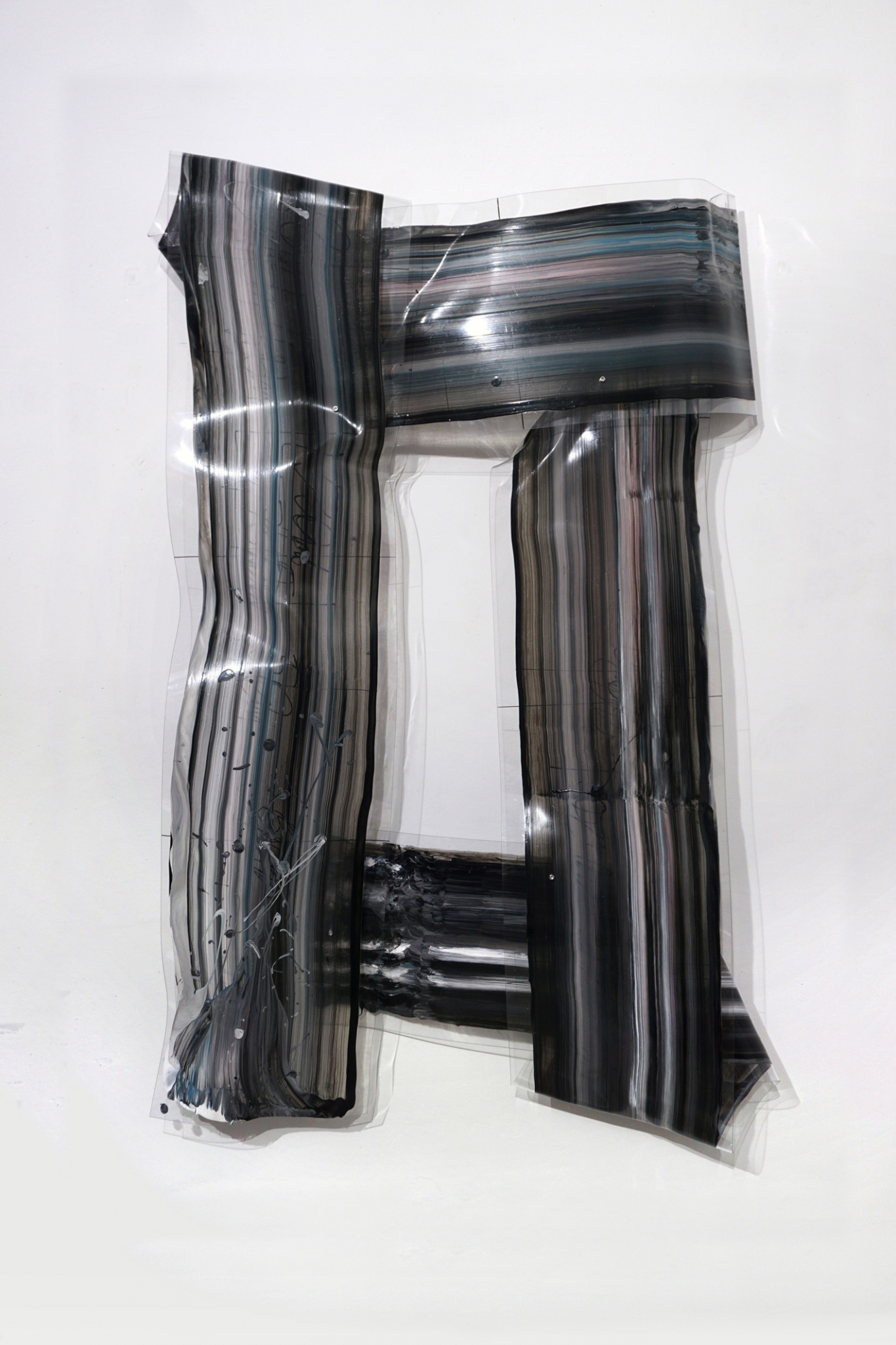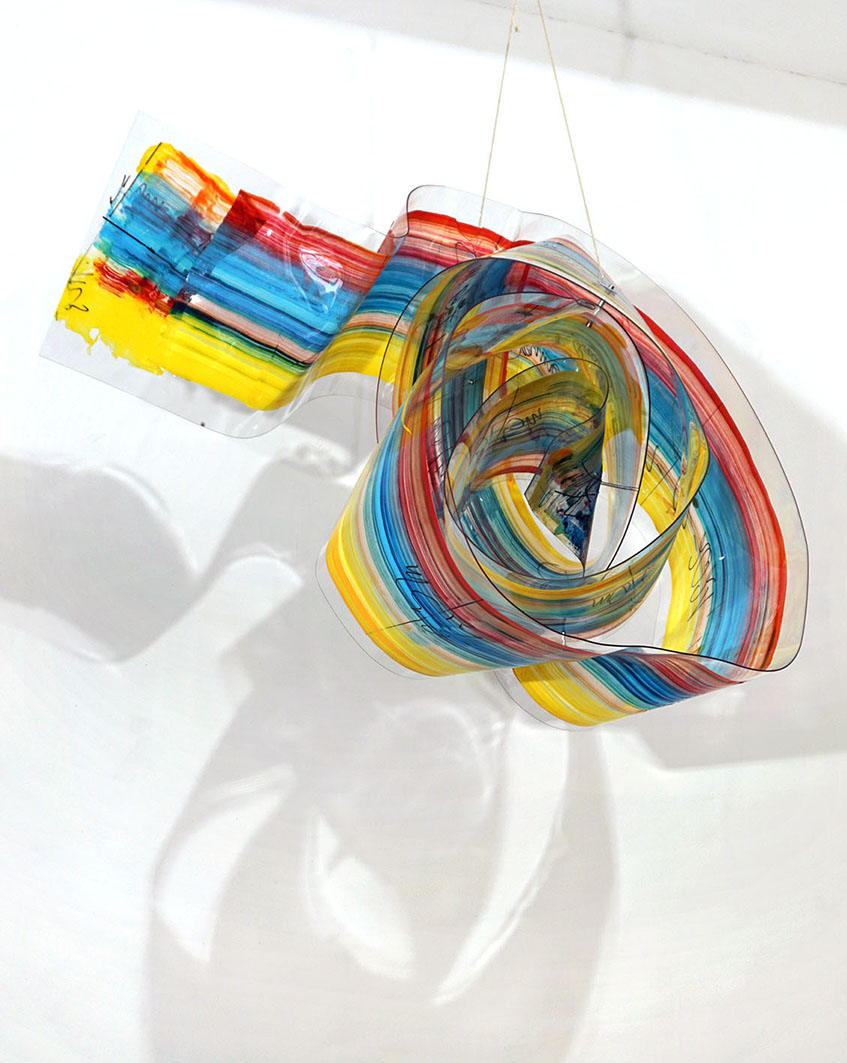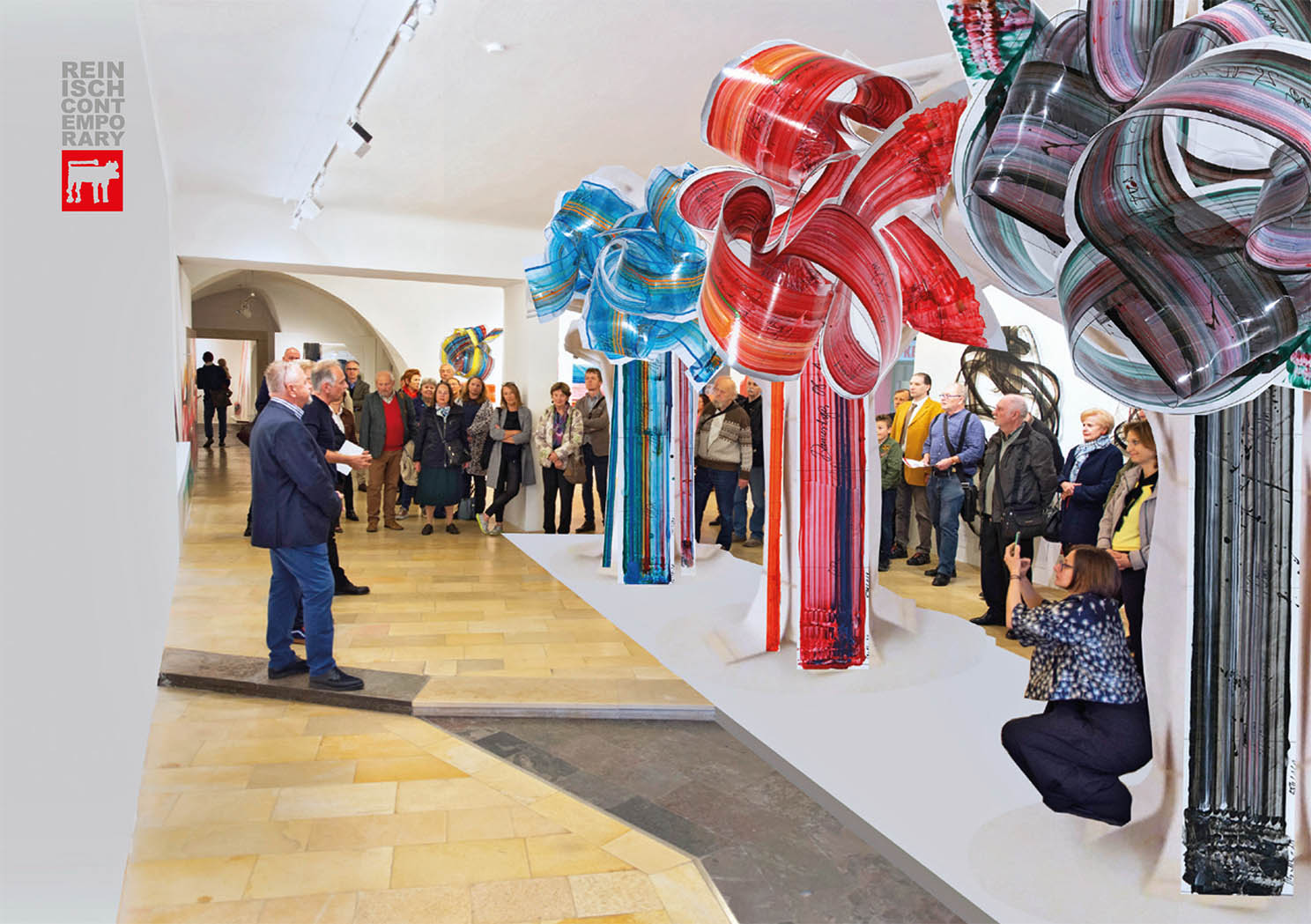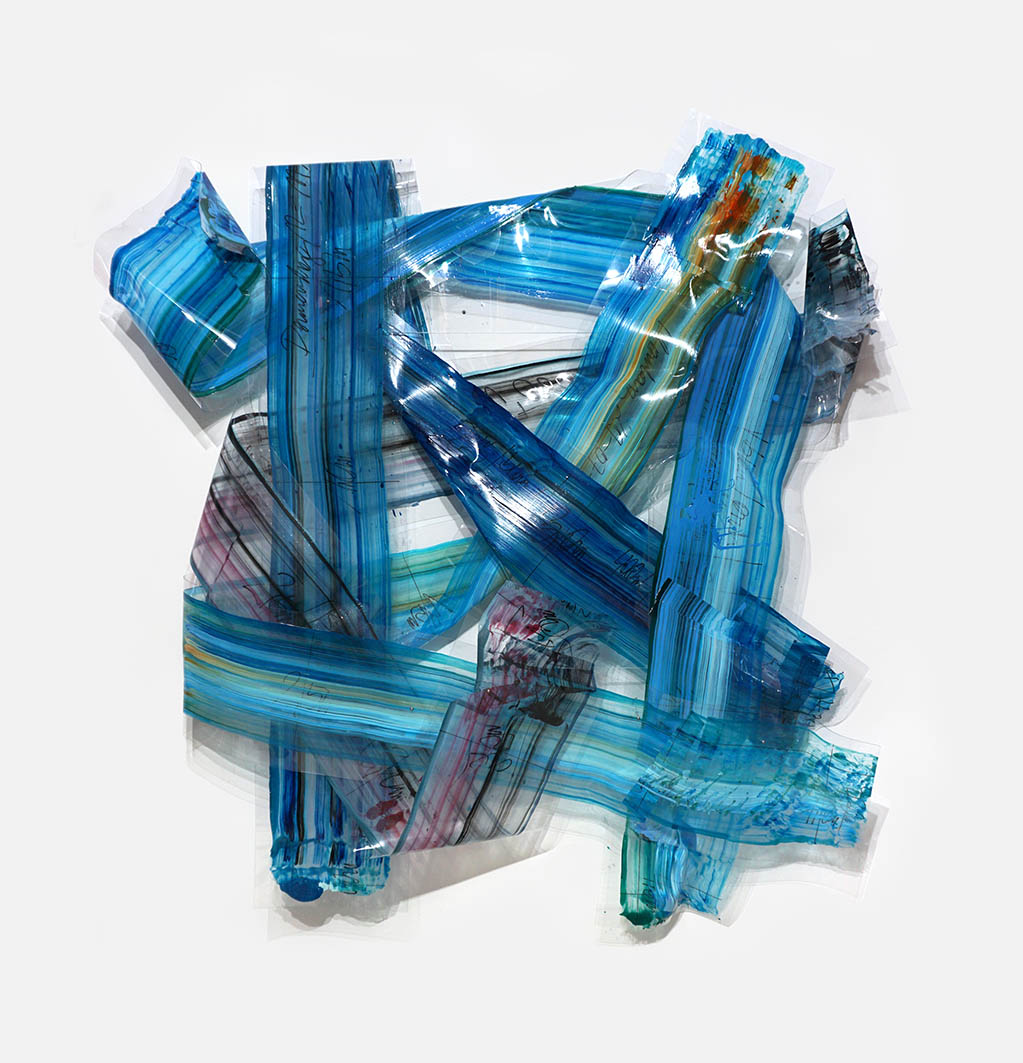
Exhibition opening:
18/3/2022, 7 PM
Galerie Reinisch, Hauptplatz 6, Graz
are you coming? Please tell us:
+4369912381422
or hr@reinisch-graz.com
Curator and introduction:
Günther Holler-Schuster
The artist will be present
Exhibition: 19.-29. of March and 22.-30. of April
and after appointment
Jospeh Marsteurer – The art of Fugue
Fugue, the musical composition principle of polyphony or the physical space between two parts, components or materials. Linguists know fugue as the place where the individual components of a compound come together.
Josef Marsteurer’s artistic work can be described as an explorative practice. This does not involve a negation of the visual appearance. As much as this art invokes the conceptual, it comes across as opulent and extremely visually attractive. One can imagine art as a system dominated by an interplay of individual phenomena. Since as far back as the Renaissance, art theory has attempted to comprehend this system and introduce concepts intended to capture it. Art can expose systems, exaggerate them, transform them into new models and, in doing so, challenge our perception of the world.
Marsteurer’s painting assumes that the brush stroke is the basic module of painting. It acts as the mediator between paint and motif and is usually the most faithful servant of representation or illusion. If made absolute and isolated, it becomes an image itself and functions in detail just like the system as a whole. Marsteurer has been producing brush strokes for years, documenting and archiving them and keeping them ready for later use. These fundamentals of painting, when applied to synthetic films, can be used at any time and in different places. They can be applied to any smooth surface – plates, films, tubes, etc. – which can then be used in new formal contexts.
The process that began within the painting process has thus entered the context of sculpture. Bending and deforming are methods of sculptors, not painters. In keeping with this, Josef Marsteurer is also presenting monumental sculptural structures this time that resemble vegetable forms but can also be defined as completely abstract three-dimensional paintings. The spaces in between – both in the conceptual world and in the concrete possibilities of materialisation – are of particular interest to the artist. In a manner of speaking, Marsteurer’s works offer models of painting theory that don’t have to be understood as such. After all, Bach’s fugues can be effective aesthetic experiences, without their complex theoretical structure coming to the fore as such.
Günther Holler-Schuster
Try out our 3D-Gallerytour of the exhibition of Joseph Marsteurer:
